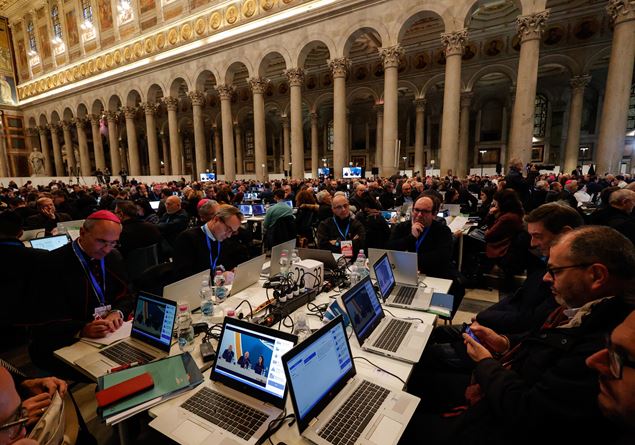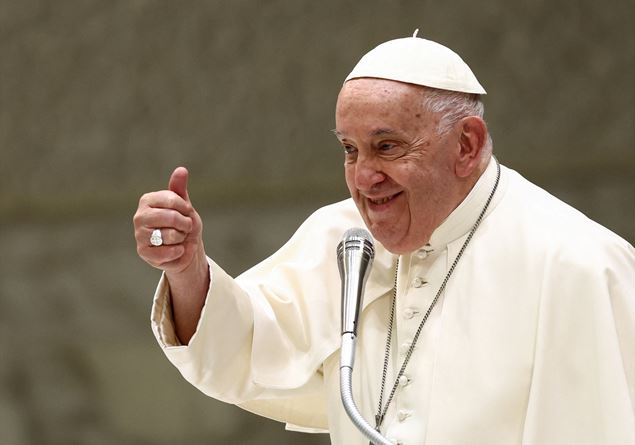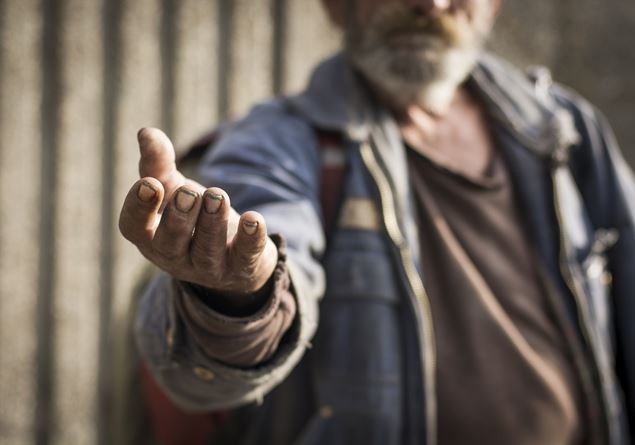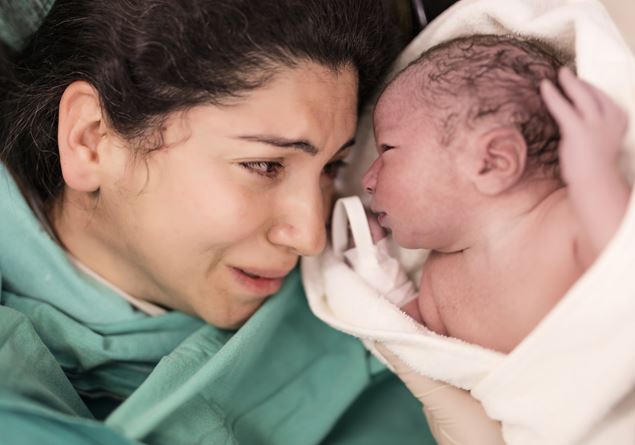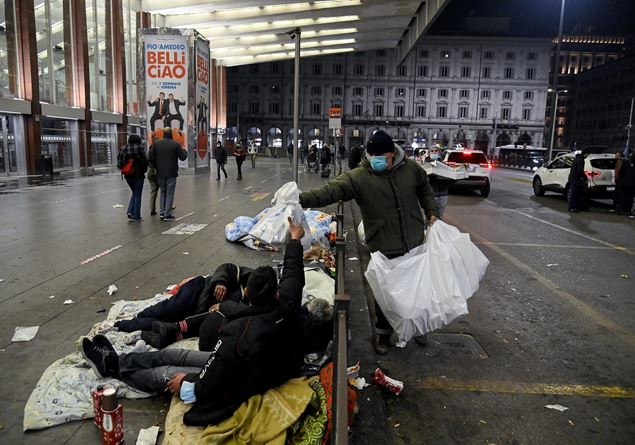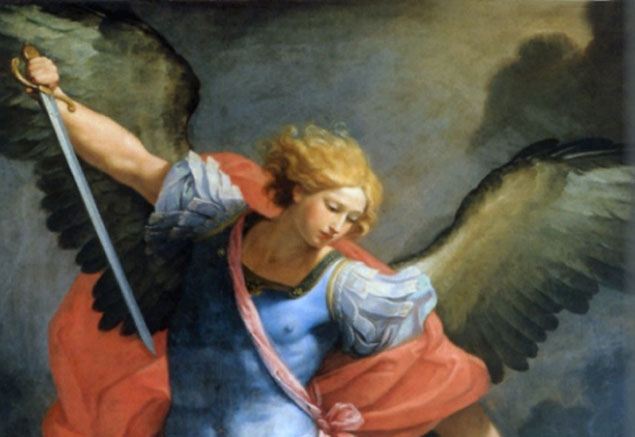
The Catholic Church celebrates it on September 29th together with the archangels Gabriel and Raphael. His name in Hebrew “Mi-ka-El” means: “Who like God?”. In both Eastern and Western iconography, Saint Michael the Archangel is represented, in fact, as a fighter, with a sword or spear in his hand and under his feet the dragon, symbol of Satan, defeated in battle.
A very popular and highly venerated saint not only in Italy, he is spoken of in chapter XII of Book of Revelation where the Archangel is presented as the adversary of the devil and winner of the last battle against Satan and his supporters: «A war then broke out in heaven: Michael and his angels fought against the dragon (…) The great dragon, the ancient serpent, the one we call the devil and Satan and who deceives the whole earth, was thrown down to the earth and his angels were also thrown down with him.”
Michael, leader of the angels, initially alongside Lucifer (Satan) in representing the angelic couple, then separates from Satan and the angels who cause the split from God, instead remaining faithful to Him, while Satan and his hosts fall into Hell.
In popular tradition, therefore, it is considered the defender of God’s people and the victor in the struggle of good against evil. It is no coincidence that Saint Michael is depicted in several churches or on top of bell towers.
In the East, he is revered with the title “archistrategist”, which corresponds to the Latin title of princeps militiae caelestis (prince of the celestial armies).
For this warrior and defensive virtue, San Michele was proclaimed patron and protector of the State Police by Pope Pius XII on 29 September 1949 in homage to the “fight” that the policeman fights every day in the service of citizens and to safeguard and protect public order, the safety of people. More than 60 Italian locations, including Caserta, Cuneo, Alghero, Albenga and Vastothey venerate him as their patron saint, but St. Michael, as well as the State Police, is the protector of many other categories of workers: pharmacists, gilders, traders, scale manufacturers, judges, fencing masters, radiologists. The paratroopers of Italy and France also rely on him.
Patron Saint of the Police
Every year, to celebrate its Patron Saint, the State Police organizes various initiatives. There is also the policeman’s prayer dedicated precisely to San Michele Arcangelo.
Here is the text:
Oh! Saint Michael the Archangel, our heavenly Patron, who has conquered rebellious spirits – enemies of Truth and Justice – make strong and generous, in reverence and adherence to the Law of the Lord, those who the Fatherland has called to ensure harmony among its citizens , honesty and peace so that – in compliance with every law – the spirit of human brotherhood is nourished. For this reason, we implore from your patronage rectitude to our minds, vigor to our wills, honesty to our affections, for the serenity of our homes, for the dignity of our land! Amen
What does the title “archangel” mean?
In addition to Saint Michael, the Church remembers him on the same day archangels Gabriel and Raphael.
The Bible reveals the specific missions of each one: Michael the opponent of Satan, Gabriel the herald and Raphael the helper. Before the 1969 reform, only Saint Michael the Archangel was remembered on this day in memory of the consecration of the famous sanctuary on Mount Gargano dedicated to him.
The title of archangel comes from the idea of ua celestial court in which the angels are present according to different degrees and dignities.
The archangels Michael, Gabriel and Raphael occupy the highest spheres of the angelic hierarchies. These have the task of preserving the transcendence and mystery of God. At the same time, they make his salvific closeness present and perceivable.

What are their functions?
Sacred Scripture indicates the particular missions of the Archangels: day and night they serve God and, contemplating his face, glorify him incessantly. In particular Michael (“Who is like God?”) is the archangel who rises up against Satan and his satellites (Jude 9; Rev 12, 7; cf. Zech 13, 1-2), defender of God’s friends (Dan 10, 13.21), protector of his people (Dan 12, 1).
Gabriel (“Strength of God”) is one of the spirits who stand before God (Lk 1, 19), reveals the secrets of God’s plan to Daniel (Dan 8, 16; 9, 21-22), announces the birth to Zechariah of John the Baptist (Lk 1, 11-20) and to Mary that of Jesus (Lk 1, 26-38).
Raphael (“God has healed”), also among the seven angels who stand before the throne of God (Tb 12, 15; cf. Rev 8, 2), accompanies and guards Tobit in the vicissitudes of his journey and heals his blind father . The pilgrim Church on earth, especially in the Eucharistic liturgy, is associated with the hosts of angels who sing the glory of God in the celestial Jerusalem (see Rev 5, 11-14; Second Vatican Council, Constitution on the sacred liturgy, «Sacrosanctum Concilium» , 8).
why is it celebrated on September 29th?
The cult of the archangel Michael is of oriental origin.
Starting from 313, Emperor Constantine I paid him particular devotion, even dedicating the Micheleion to him, an imposing sanctuary built in Constantinople.
The first basilica dedicated to the archangel in the West was the one that stood on a hill at the seventh mile of the Via Salaria, rediscovered by the Archaeological Superintendency of Rome in 1996; the day of its dedication, officiated in all probability by a pope before 450, i.e. 29 September, has remained to this day the one on which the entire Catholic world celebrates “St. Michael”.
The basilica “in Septimo” was a destination for pilgrimages until the 9th century, when the geographical reference of the celebration of September 29th is transferred to the Gargano sanctuary and the church of Castel Sant’Angelo in Rome. In the East Saint Michael is venerated with the title of “architect“, which corresponds to the Latin title of princeps militiae caelestis (prince of the celestial militias) who appears in the prayer to Saint Michael.

Raphael, Saint Michael and the Dragon
The apparition on the Gargano and the spread of the cult in Europe
At the end of the 5th century the cult spread rapidly throughout Europe, also following the appearance of the archangel on the Gargano in Puglia. According to tradition, the archangel appeared to Saint Lorenzo Maiorano, bishop of Siponto on 8 May 490, and pointed out a cave on the Gargano and invited him to dedicate it to Christian worship.
In that place the sanctuary of San Michele Arcangelo – Celeste Basilica still stands today (in the middle of the city center of Monte Sant’Angelo), which in the Middle Ages was the destination of uninterrupted flows of pilgrims, who followed a long purification journey to reach it the Via Francigena.
Saint Michael in Islam
The name of Mīkāʾīl (Arabic: ميخائيل), or Mīkīl (Arabic: ﻣﻴﻜﻴﻞ), is mentioned in the Quran in sura II, verse 98. He is indicated as being of equal rank to Jibrīl (Gabriel). According to tradition, together with the latter, he would have instructed the prophet Muhammad and, according to another tradition, his characteristic would be that of never laughing.



